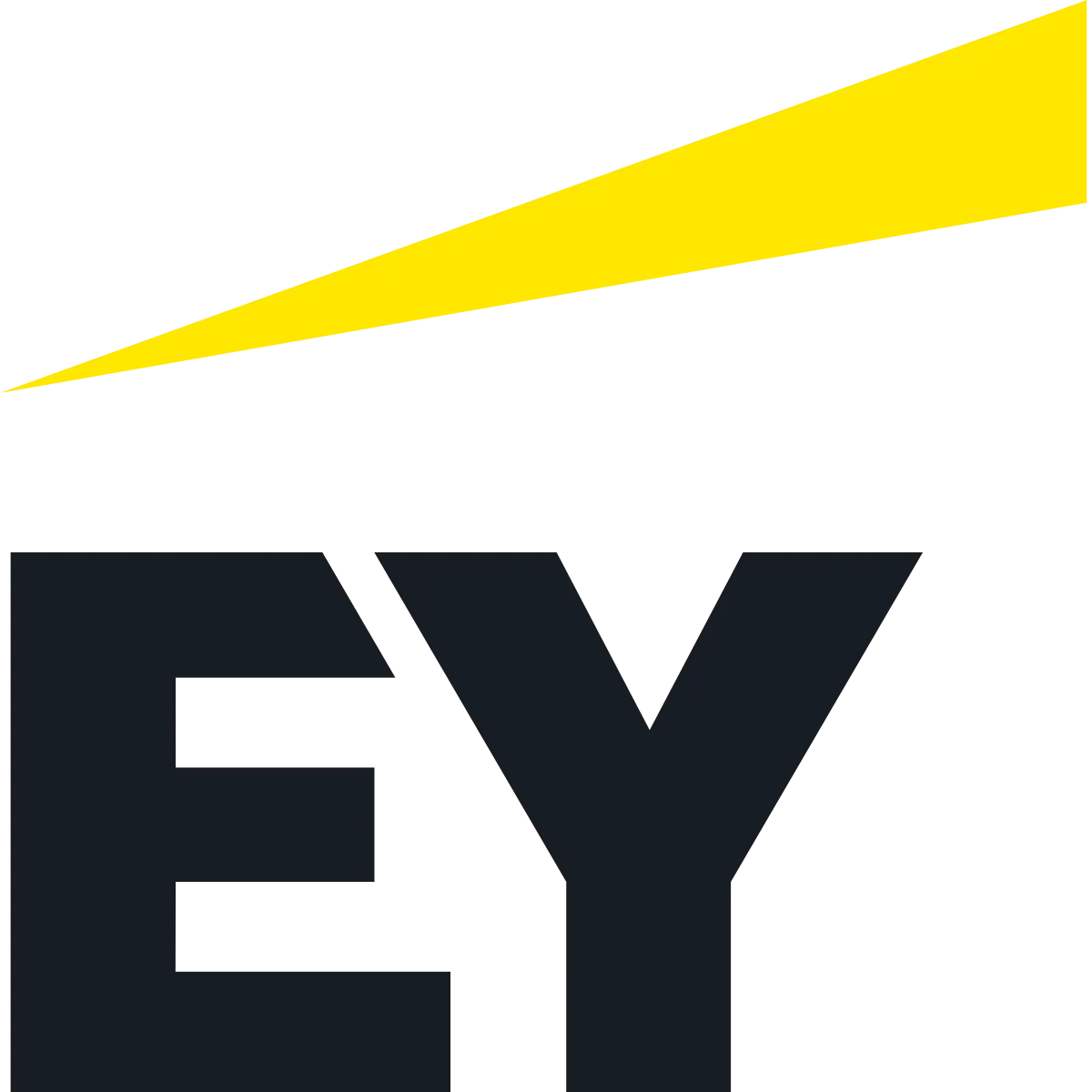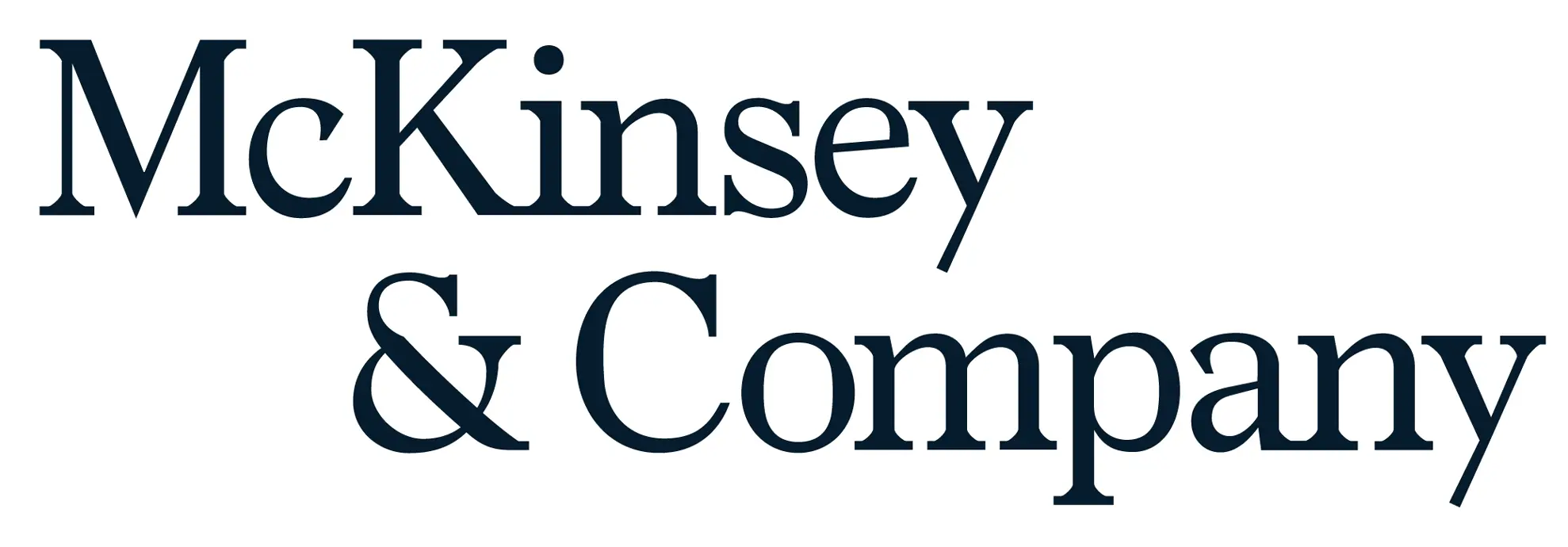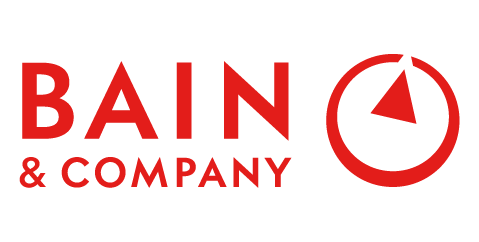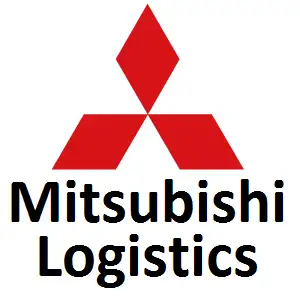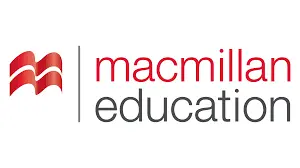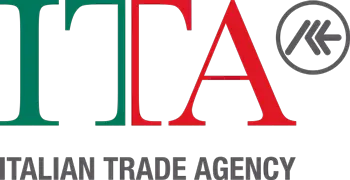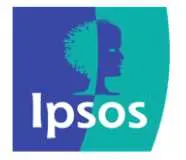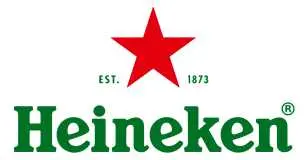
United States Non-Woven Fabric Market Trends, Share, Size, Demand, Revenue and Future Outlook
United States Non-Woven Fabric Market Growth, Size, Trends Analysis- By Technology, By Material, By End User- Regional Outlook, Competitive Strategies and Segment Forecast to 2033
| Published: Oct-2024 | Report ID: FMCG24171 | Pages: 1 - 107 | Formats*: |
| Category : Consumer & Retail | |||
- September 2022: A spunbond nonwoven fabric that is gentle on the skin and constantly hydrophilic was created by Toray Industries, Inc. Disposable diapers, masks, feminine hygiene products, and other sanitary products can be made from this fabric.
- In June 2022, Berry's initial two American nonwoven manufacturing sites were granted the International Sustainability and Carbon Certification (ISCC) PLUS designation, as a reaction to growing consumer demand in the US for more environmentally friendly options.
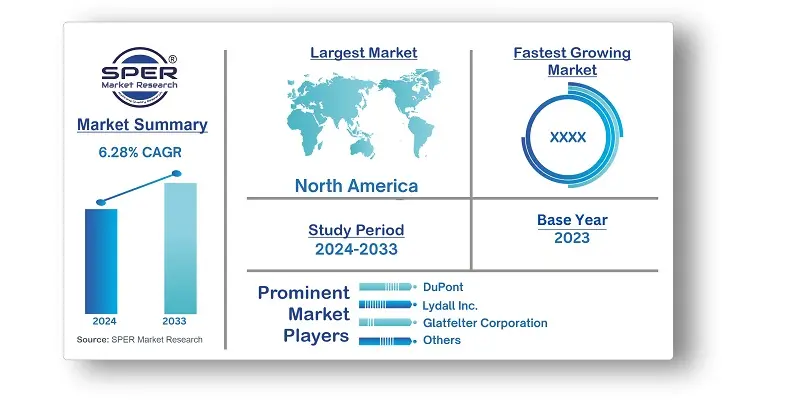
- The rise in affordable products for use in budget-conscious institutions has led to an increase in the usage of nonwoven materials in medical applications. Hospitals use a lot of disposable products like drapes, gloves, surgical robes, and instrument coverings.
- The use of nonwoven medical supplies, such as disposable patient robes, drapes, and linens, is anticipated to increase as a result of US government measures to prevent non-heritable hospital infections. These supplies also assist in lowering the amount of raw materials required.
- When compared to traditional textiles, the manufacture of nonwoven fabrics might be more expensive due to the variety of processes and technologies involved. These higher expenses may be a barrier, particularly in markets where manufacturers and customers are looking for low-cost options.
- Disruptions to the Raw Material Supply Chain: The non-woven fabric sector is highly dependent on a steady and reliable supply of raw materials, which includes synthetic fibers. Natural disasters and geopolitical tensions can cause supply chain disruptions that raise manufacturing costs and cause shortages, endangering the stability of the sector.
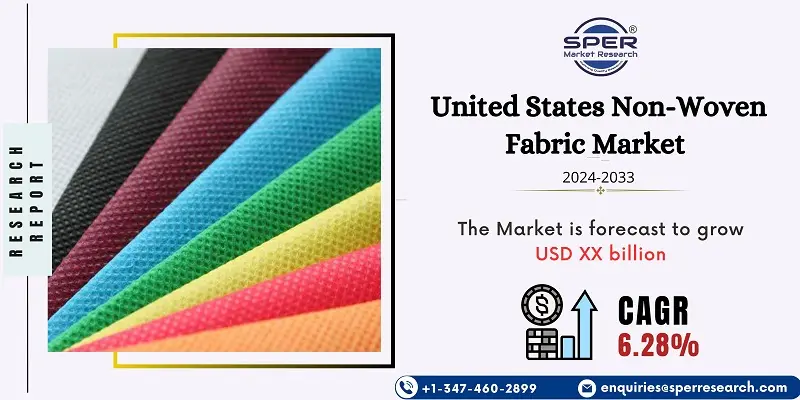
| Report Metric | Details |
| Market size available for years | 2020-2033 |
| Base year considered | 2023 |
| Forecast period | 2024-2033 |
| Segments covered | By Technology, By Material, By End User |
| Regions covered | Eastern Region, Western Region, Northern Region, Southern Region |
| Companies Covered | 3M, DuPont, Lydall Inc., Glatfelter Corporation, Toray Industries Inc. and others, listed in no particular order. |
- Manufacturers
- Retailers
- Healthcare Sector
- Automotive Industry
- Construction Sector
- Fashion and Apparel
- Home Textiles
| By Technology: | |
| By Material: | |
| By End User: |
- United States Non-Woven Fabric Market Size (FY’2024-FY’2033)
- Overview of United States Non-Woven Fabric Market
- Segmentation of United States Non-Woven Fabric Market By Technology (Spun bond, Wet-laid, Dry-laid, Others)
- Segmentation of United States Non-Woven Fabric Market By Material (Polyester, Polypropylene, Poluethylene, Rayon, Flyff Pulp, Others)
- Segmentation of United States Non-Woven Fabric Market By End User (Construction, Textiles, Healthcare, Automotive, Others)
- Expansion Analysis of United States Non-Woven Fabric Market
- Problems and Obstacles in United States Non-Woven Fabric Market
- Competitive Landscape in the United States Non-Woven Fabric Market
- Impact of COVID-19 and Demonetization on United States Non-Woven Fabric Market
- Details on Current Investment in United States Non-Woven Fabric Market
- Competitive Analysis of United States Non-Woven Fabric Market
- Prominent Players in the United States Non-Woven Fabric Market
- SWOT Analysis of United States Non-Woven Fabric Market
- United States Non-Woven Fabric Market Future Outlook and Projections (FY’2024-FY’2033)
- Recommendations from Analyst
1.1. Scope of the report1.2. Market segment analysis
2.1. Research data source
2.1.1. Secondary Data2.1.2. Primary Data2.1.3. SPER’s internal database2.1.4. Premium insight from KOL’s
2.2. Market size estimation
2.2.1. Top-down and Bottom-up approach
2.3. Data triangulation
4.1. Driver, Restraint, Opportunity and Challenges analysis
4.1.1. Drivers4.1.2. Restraints4.1.3. Opportunities4.1.4. Challenges
4.2. COVID-19 Impacts of the United States Non-Woven Fabric Market
5.1. SWOT Analysis
5.1.1. Strengths5.1.2. Weaknesses5.1.3. Opportunities5.1.4. Threats
5.2. PESTEL Analysis
5.2.1. Political Landscape5.2.2. Economic Landscape5.2.3. Social Landscape5.2.4. Technological Landscape5.2.5. Environmental Landscape5.2.6. Legal Landscape
5.3. PORTER’s Five Forces
5.3.1. Bargaining power of suppliers5.3.2. Bargaining power of buyers5.3.3. Threat of Substitute5.3.4. Threat of new entrant5.3.5. Competitive rivalry
5.4. Heat Map Analysis
6.1. United States Non-Woven Fabric Market Manufacturing Base Distribution, Sales Area, Product Type6.2. Mergers & Acquisitions, Partnerships, Product Launch, and Collaboration in United States Non-Woven Fabric Market
7.1. United States Non-Woven Fabric Market Size, Share and Forecast, By Technology, 2020-20267.2. United States Non-Woven Fabric Market Size, Share and Forecast, By Technology, 2027-20337.3. Spunbond7.4. Wet-laid7.5. Dry-laid7.6. Others
8.1. United States Non-Woven Fabric Market Size, Share and Forecast, By Material, 2020-20268.2. United States Non-Woven Fabric Market Size, Share and Forecast, By Material, 2027-20338.3. Polyester8.4. Polypropylene8.5. Poluethylene8.6. Rayon8.7. Flyff Pulp8.8. Others
9.1. United States Non-Woven Fabric Market Size, Share and Forecast, By End User, 2020-20269.2. United States Non-Woven Fabric Market Size, Share and Forecast, By End User, 2027-20339.3. Construction9.4. Textiles9.5. Healthcare9.6. Automotive9.7. Others
10.1. United States Non-Woven Fabric Market Size and Market Share
11.1. United States Non-Woven Fabric Market Size and Market Share By Region (2020-2026)11.2. United States Non-Woven Fabric Market Size and Market Share By Region (2027-2033)11.3. Eastern Region11.4. Western Region11.5. Northern Region11.6. Southern Region
12.1. 3M
12.1.1. Company details12.1.2. Financial outlook12.1.3. Product summary12.1.4. Recent developments
12.2. Ahlstrom-Munksjo
12.2.1. Company details12.2.2. Financial outlook12.2.3. Product summary12.2.4. Recent developments
12.3. Berry Global Inc.
12.3.1. Company details12.3.2. Financial outlook12.3.3. Product summary12.3.4. Recent developments
12.4. DuPont
12.4.1. Company details12.4.2. Financial outlook12.4.3. Product summary12.4.4. Recent developments
12.5. Freudenberg Performance Materials
12.5.1. Company details12.5.2. Financial outlook12.5.3. Product summary12.5.4. Recent developments
12.6. Fybon Nonwovens Inc.
12.6.1. Company details12.6.2. Financial outlook12.6.3. Product summary12.6.4. Recent developments
12.7. Glatfelter Corporation
12.7.1. Company details12.7.2. Financial outlook12.7.3. Product summary12.7.4. Recent developments
12.8. Jasztex Inc.
12.8.1. Company details12.8.2. Financial outlook12.8.3. Product summary12.8.4. Recent developments
12.9. Johns Manville
12.9.1. Company details12.9.2. Financial outlook12.9.3. Product summary12.9.4. Recent developments
12.10. KCWW
12.10.1. Company details12.10.2. Financial outlook12.10.3. Product summary12.10.4. Recent developments
12.11. Others
SPER Market Research’s methodology uses great emphasis on primary research to ensure that the market intelligence insights are up to date, reliable and accurate. Primary interviews are done with players involved in each phase of a supply chain to analyze the market forecasting. The secondary research method is used to help you fully understand how the future markets and the spending patterns look likes.
The report is based on in-depth qualitative and quantitative analysis of the Product Market. The quantitative analysis involves the application of various projection and sampling techniques. The qualitative analysis involves primary interviews, surveys, and vendor briefings. The data gathered as a result of these processes are validated through experts opinion. Our research methodology entails an ideal mixture of primary and secondary initiatives.
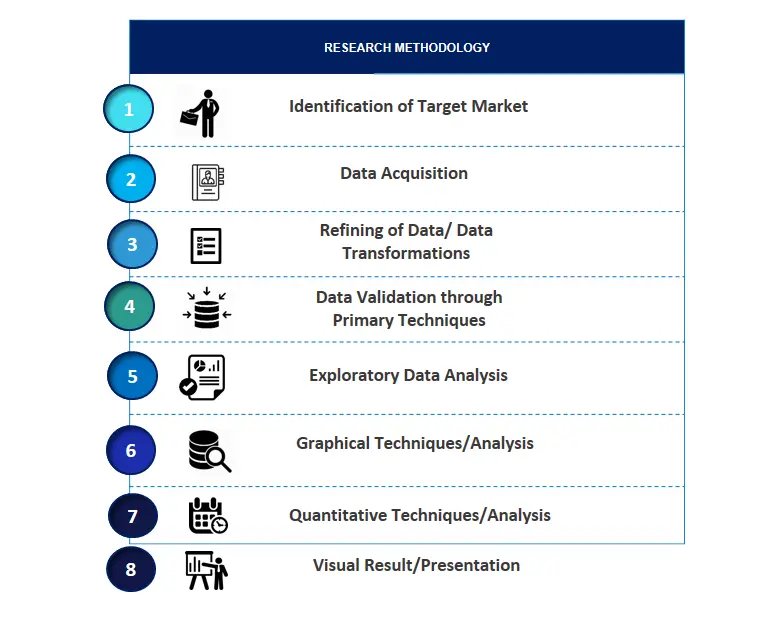
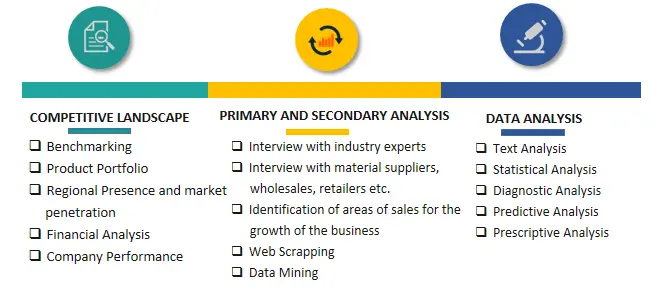

Frequently Asked Questions About This Report
PLACE AN ORDER
Year End Discount
Sample Report
Pre-Purchase Inquiry
NEED CUSTOMIZATION?
Request CustomizationCALL OR EMAIL US
100% Secure Payment
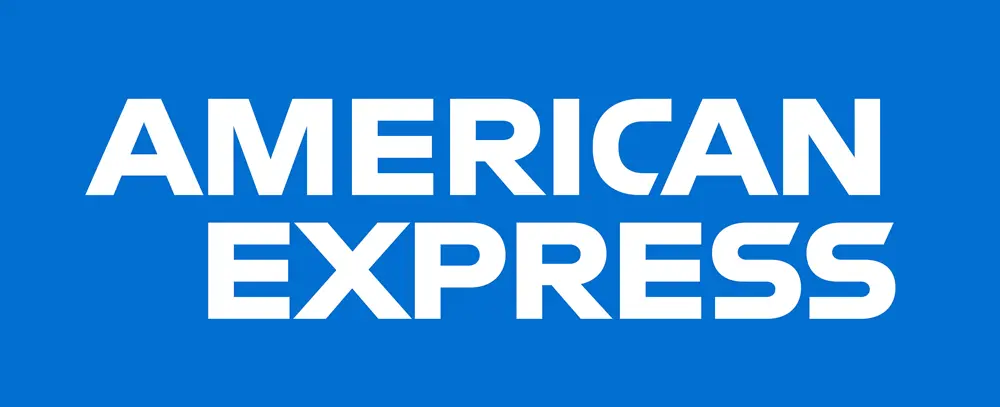

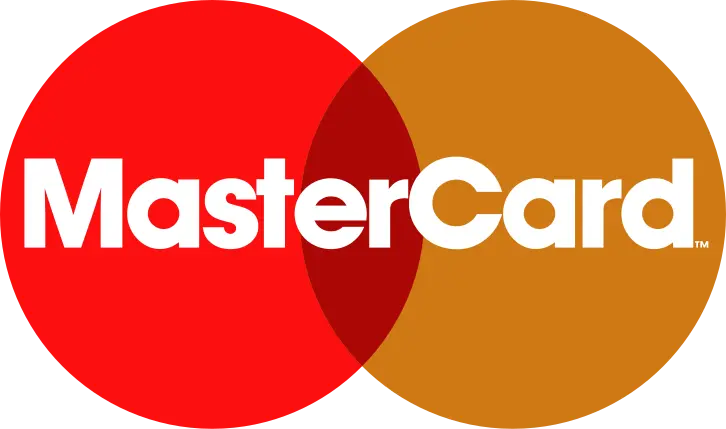
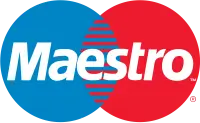


Related Reports
Our Global Clients
Our data-driven insights have influenced the strategy of 200+ reputed companies across the globe.





